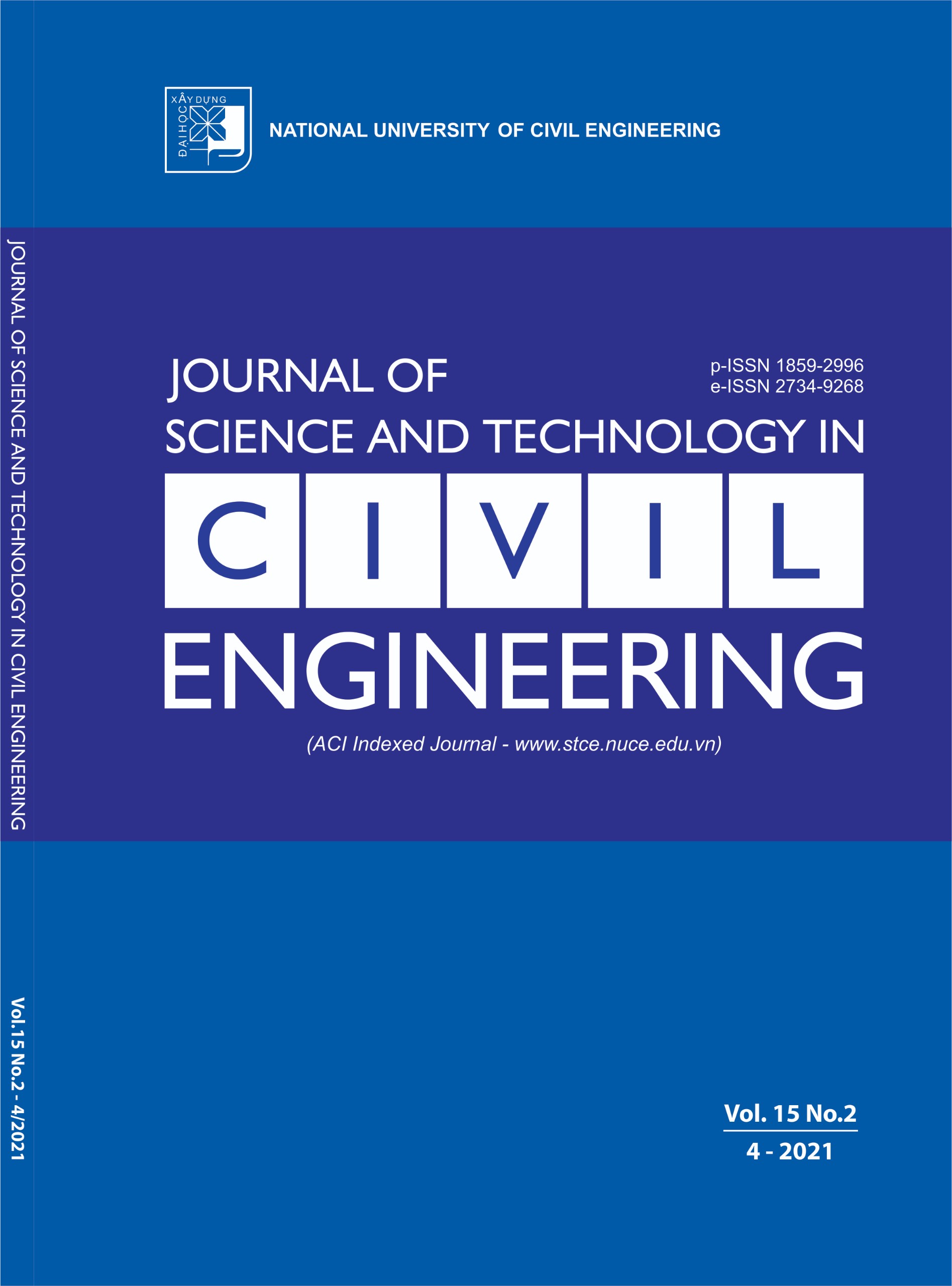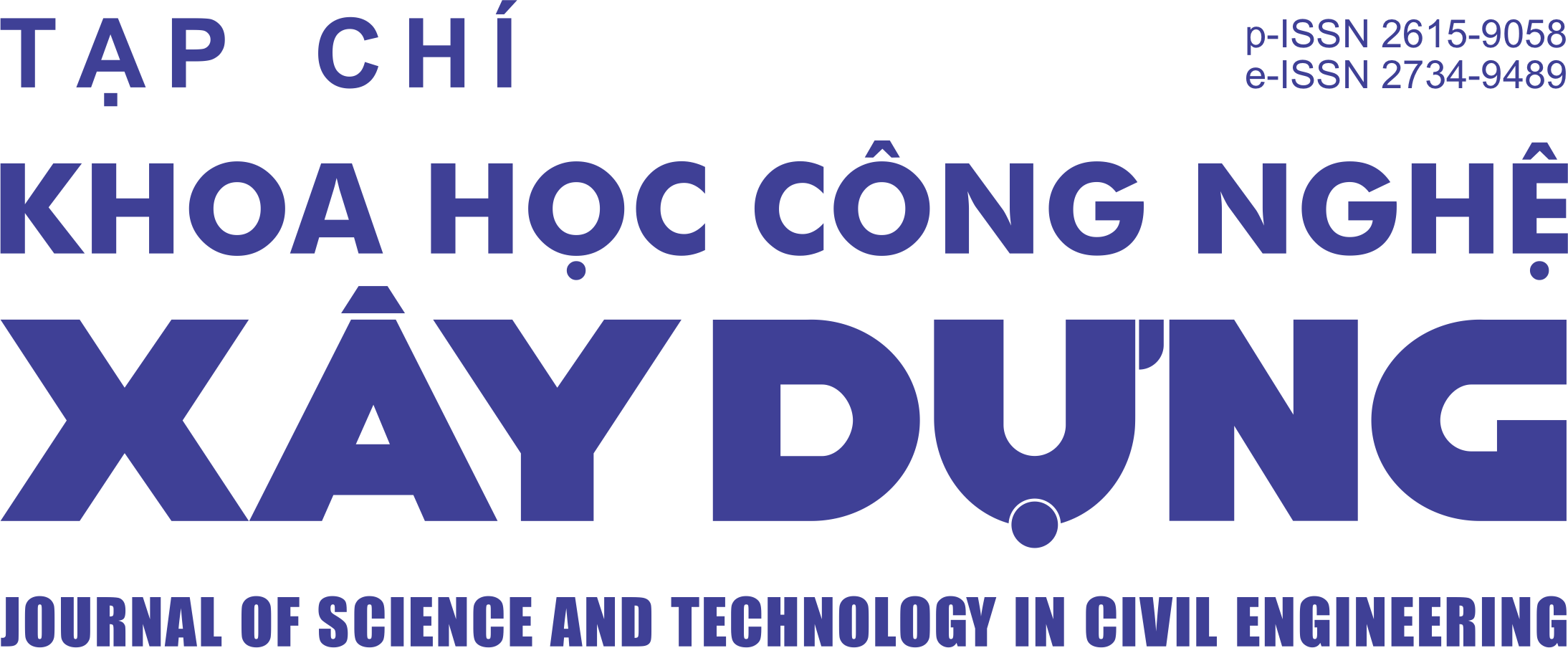A bubble-enhanced quadrilateral finite element for estimation bearing capacity factors of strip footing
Abstract
In this paper, a computational approach using a combination of the upper bound theorem and the bubble-enhanced quadrilateral finite element (FEM-Qi6) is proposed to evaluate bearing capacity factors of strip footing in cohesive-frictional soil. The new element is built based on the quadrilateral element (Q4) by adding a pair of internal nodes to solve the volumetric locking phenomenon. In the upper bound finite element limit analysis, the soil behaviour is described as a perfectly plastic material and obeys associated plastic flow rule following the Mohr-Coulomb failure criterion. The discrete limit analysis problem can be formulated in the form of the well-known second-order cone programming to utilize the interior-point method efficiently. The bearing capacity factors of strip footing and failure mechanisms in both rough and smooth interfaces are obtained directly from solving the optimization problems and presented in design tables and charts for engineers to use. To demonstrate the accuracy of the proposed method, the results of bearing capacity factors using FEM-Qi6 were compared with those available in the literature.
Keywords:
limit analysis; bearing capacity factors; strip footing; SOCP; FEM-Qi6.
Downloads
Copyright (c) 2021 National University of Civil Engineering

This work is licensed under a Creative Commons Attribution-NonCommercial-NoDerivatives 4.0 International License.
1. The Author assigns all copyright in and to the article (the Work) to the Journal of Science and Technology in Civil Engineering (JSTCE) – Hanoi University of Civil Engineering (HUCE), including the right to publish, republish, transmit, sell and distribute the Work in whole or in part in electronic and print editions of the Journal, in all media of expression now known or later developed.
2. By this assignment of copyright to the JSTCE, reproduction, posting, transmission, distribution or other use of the Work in whole or in part in any medium by the Author requires a full citation to the Journal, suitable in form and content as follows: title of article, authors’ names, journal title, volume, issue, year, copyright owner as specified in the Journal, DOI number. Links to the final article published on the website of the Journal are encouraged.
3. The Author and the company/employer agree that any and all copies of the final published version of the Work or any part thereof distributed or posted by them in print or electronic format as permitted herein will include the notice of copyright as stipulated in the Journal and a full citation to the Journal as published on the website.







